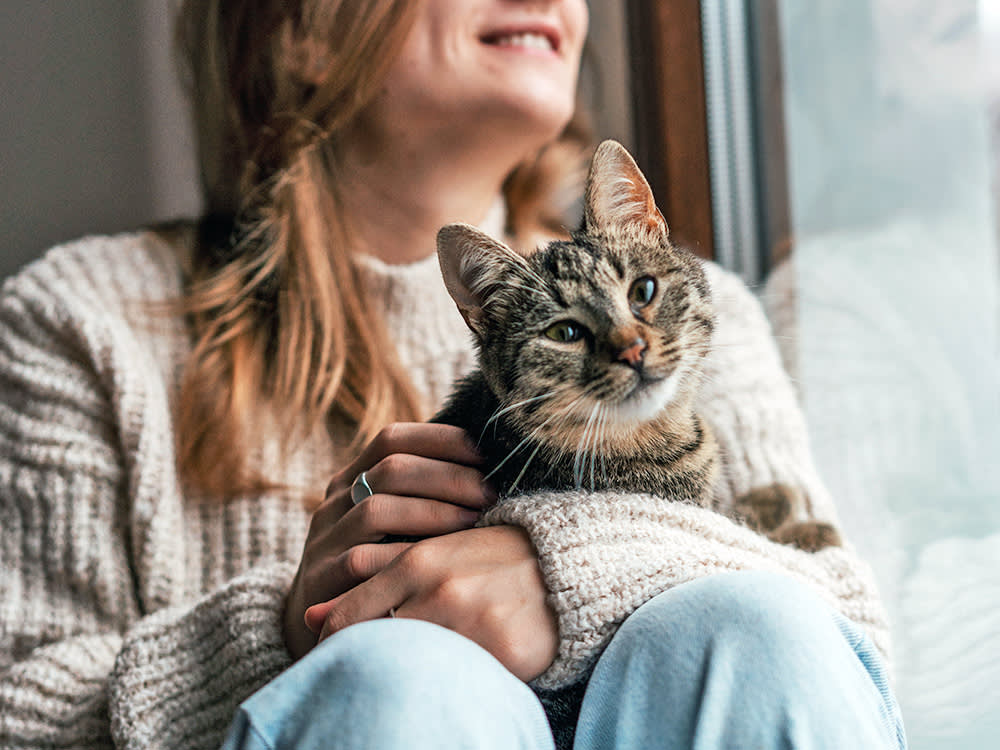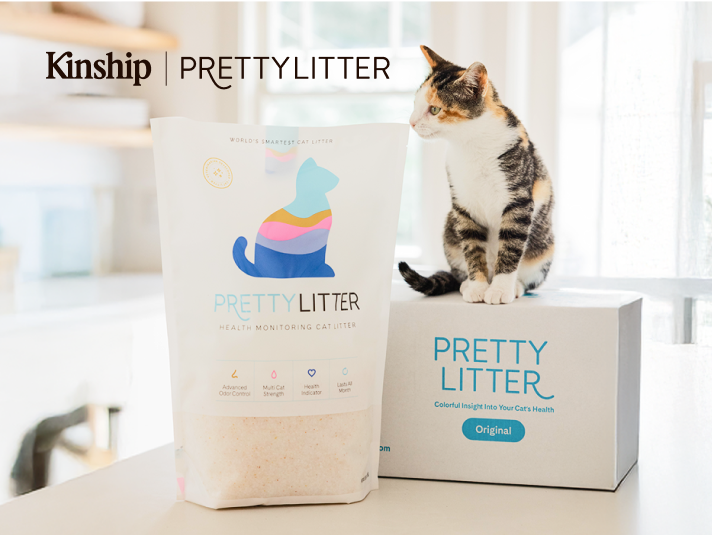Some Cats Make Great Therapists, New Study Finds
Certain kitties excel at animal-assisted services.
Animal assisted services (AAS), in which therapy animals are used in settings where people might benefit from judgment-free companions, including colleges, nursing homes, rehabilitation centers, and Olympic trials have shot up in popularity in recent years. For the most part, dogs have been the face of these interventions — like these TikTok viral pups,opens in new tab who are “carrying the mental health of 50,000 college students on their back.” But pups aren’t the only animals up to the task. A new studyopens in new tab published in Animals found that certain cats can make great AAS companions.
Researchers set out to create behavioral profiles for AAS cats and non-AAS cats, in order to find which cats are up to the job. They collected data on 474 cats by distributing behavioral questionnaires to pet parents.
Save on the litter with color-changing tech that helps you better care for your cat.
They found some key differences between AAS cats and non-AAS cats. AAS cats scored higher on sociability with both humans and cats, attention seeking behaviors, and, interestingly, predatory behavior. They scored lower than non-AAS cats on resistance to restraint. Caregiver backgrounds, age, and sex did not have an impact on these differences.
“There’s this perception that cats just aren't suitable for this kind of work, but our study shows that some cats may thrive in these settings,” Patricia Pendry, a co-author of the study, told Phy.org.opens in new tab “It turns out that cats chosen to engage in AAS seem to exhibit the same behavioral traits as therapy dogsopens in new tab — like high sociability and a willingness to engage with people.”
How much do you spend on your pet per year?
Unlike dogs, therapy cats are not usually trained for behaviors related to their temperaments — some kitties just seem born destined for caregiving careers. At the same time, it’s possible that AAS requirements — such as more exposure to humans — cause some of these traits to naturally develop or strengthen. Researchers are unsure exactly how much is innate and how much is learned on the job.
Regardless, it’s clear that some cats can thrive in AAS settings. And for people who prefer the calming head-butting of a cat to the energetic nuzzling of a dog, cats could be a great therapeutic intervention. “The goal of the study isn’t to suddenly promote cats into therapy work,” Pendry told Phy.orgopens in new tab. “It’s about recognizing that some cats may genuinely enjoy this kind of interaction and, in the right setting, can provide meaningful support to people who need it.”







